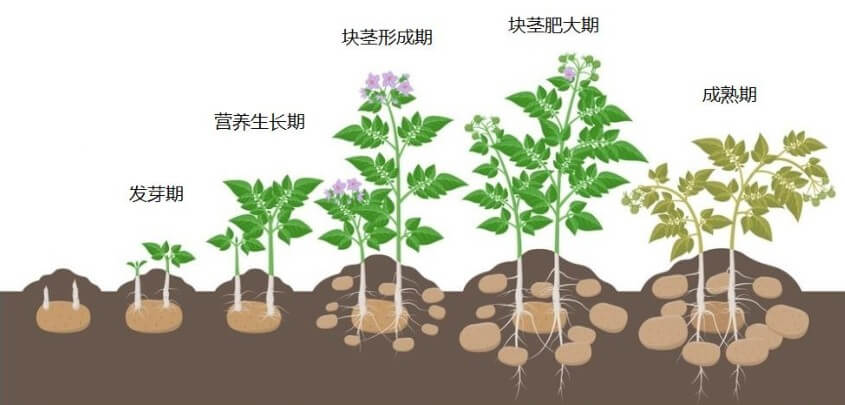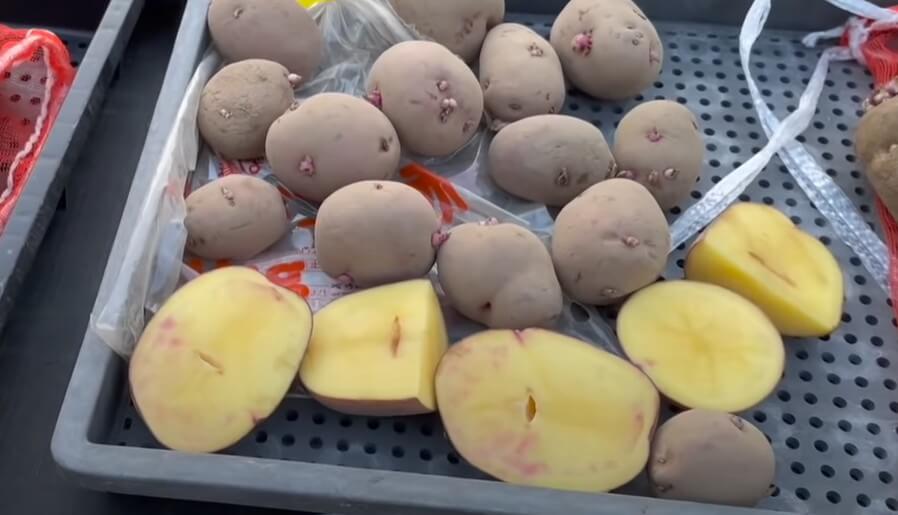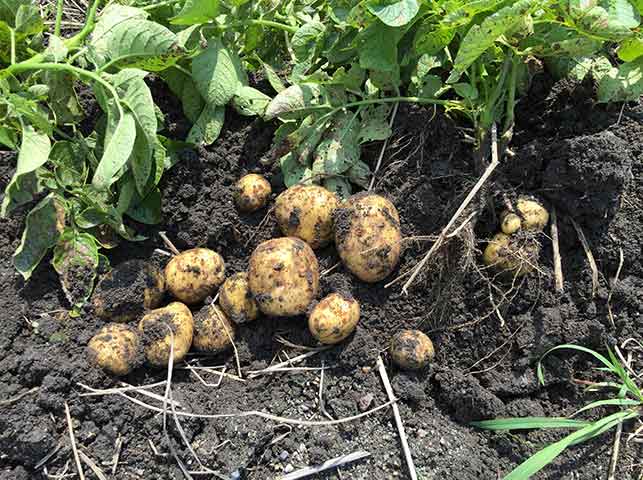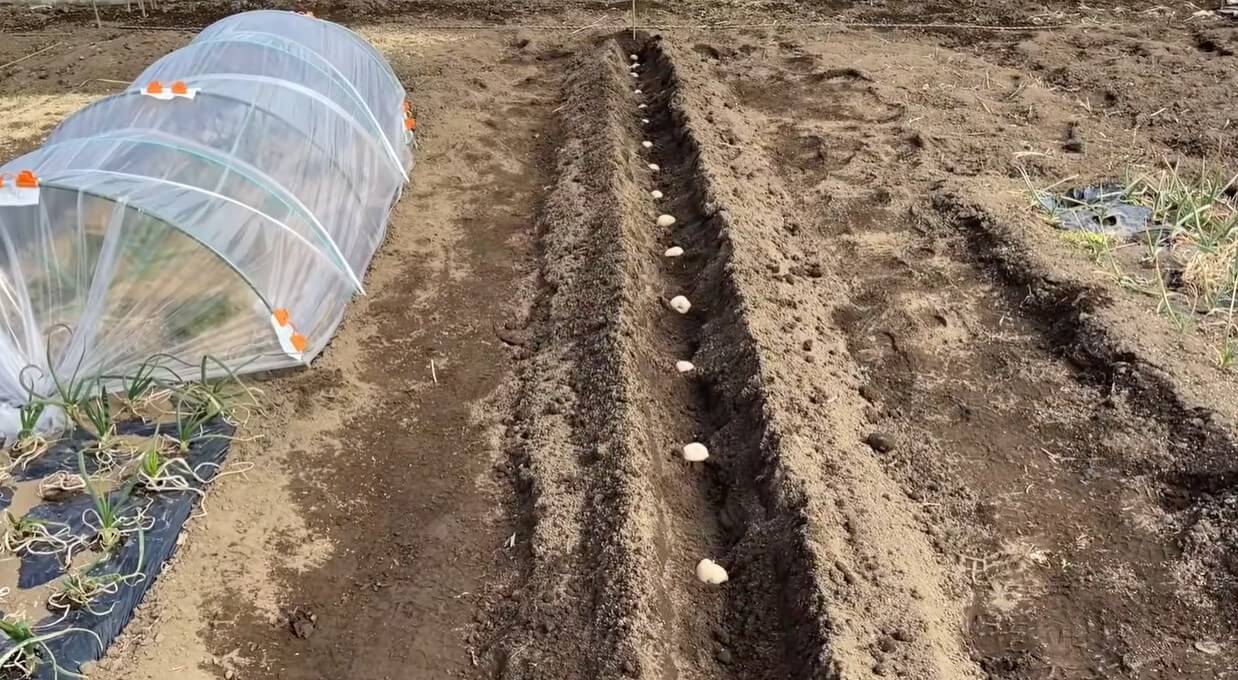🔺 Temperature requirements for potato growth
🔺 The growth stage of potato is divided into five stages:
-
Sprouting development: It takes 20-30 days for the tubers to sprout under suitable conditions and start the growth of aboveground parts. -
Vegetative Growth: The buds develop into leaves, stems and other vegetative organs. After the initial leaves are spread, the growth of stems and leaves accelerates, and multiple horizontal branches begin to appear in the underground part of the stems. This period is called vegetative growth period, which lasts about 25 to 30 days. -
Tuber Set/Initiation: the growth point at the top of the horizontal branch sent out by the underground stem begins to grow, forming a tuber. This period is called tuber formation period, which lasts about 15-20 days. At the tuber formation stage, 20~30 young potatoes of the size of soybean~broad bean can be formed in about 2 weeks. Not all of these young potatoes can grow and fatten, and some of them cannot continue to grow and disappear. The temperature, nutrient and water conditions during the tuber formation period have a great influence on the number of young tubers formed and whether they can be grown. In the tuber formation stage, the shoots begin to blossom. -
Tuber bulking: after the occurrence of horizontal branches of the underground stem stops, it enters the tuber bulking stage. Lateral branches and new leaves are constantly growing above the ground, and at the same time, flowers and fruits will blossom. Most of the carbohydrate synthesized by photosynthesis of leaves will flow into the tuber, and be converted into starch to accumulate, which will make the tuber grow continuously. The plant height reached the highest in the middle and late stages of tuber hypertrophy. The tuber hypertrophy period lasts about 45~60 days, which is different due to the cultivation season and meteorological conditions. -
Maturation: the period when the stems and leaves above ground stop growing and turn yellow, and the lower branches and leaves begin to dry up until the upper ground is completely dry is called maturity. The photosynthesis of leaves gradually declined, and the nutrients in the stems and leaves also transferred to the underground tubers to be converted into starch and accumulated. It can be harvested when nearly all the aboveground parts are dry.
🔺 Nutrient absorption of potato during its growth and development
-
Potato needs a lot of nutrients during its growth and development, mainly including nitrogen, phosphorus, potassium, etc. These nutrients are necessary for potato to form stem, leaf, flower, fruit and tuber tissues, and also necessary for maintaining normal physiological activities. -
According to the research, the total amount of nitrogen, phosphorus and potassium that 1000 square meters of potatoes need to absorb during the whole growth period is 10.41 kg, 3.83 kg and 25.39 kg respectively. However, most of the dried stems and leaves are left in the cultivated land during harvest, and some of the nutrients stored in the soil can also be supplied. Therefore, the actual amount of nutrients needed for potato growth through fertilization is much lower than the above amount. According to some experimental data, among all nutrients required for potato growth, 50~70% of nitrogen and potassium and 100% of phosphorus need to be supplied through fertilization. -
Potatoes absorb different amounts of nutrients at different growth stages. The nutrient is mainly supplied by seed tubers in the germination stage. The amount absorbed in the vegetative growth stage is less. The amount absorbed in the tuber formation stage increases rapidly, the amount absorbed in the tuber hypertrophy stage reaches the maximum, and the amount absorbed in the mature stage drops sharply. -
An important feature of potato nutrient absorption is that the root system is developed, and the potato blocks in the field can also directly absorb nutrients from the soil through the epidermis. Therefore, the nutrient absorption capacity is very strong, and insufficient fertilization in the current season has little impact on the formation and hypertrophy of potato blocks.




